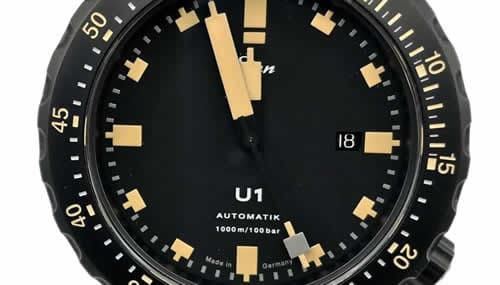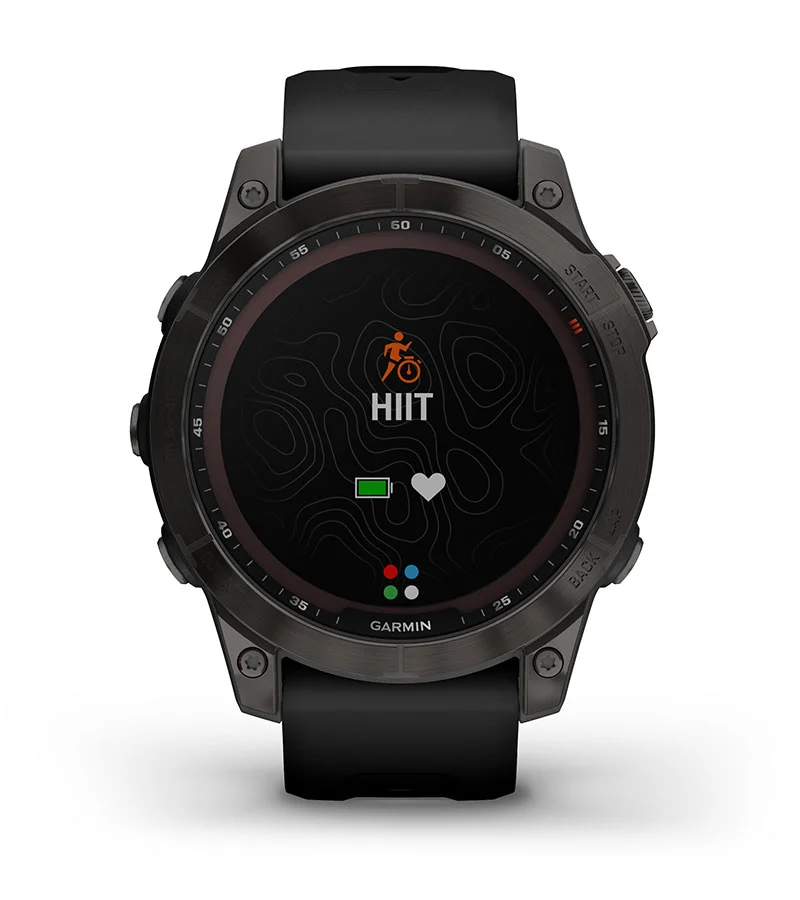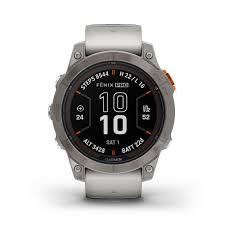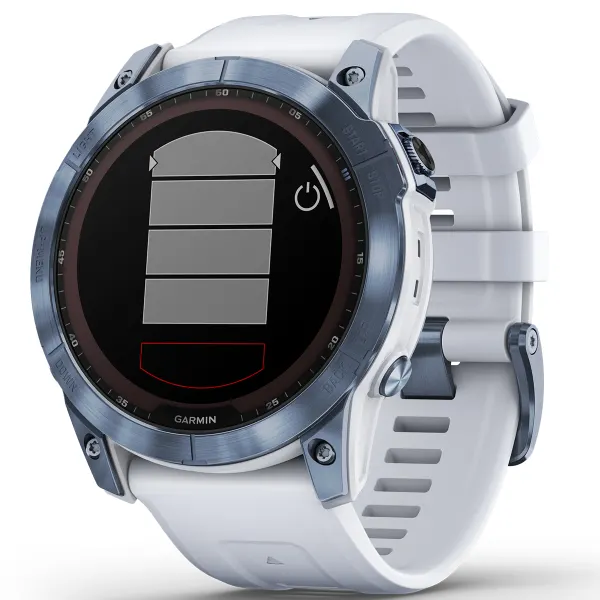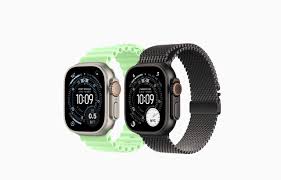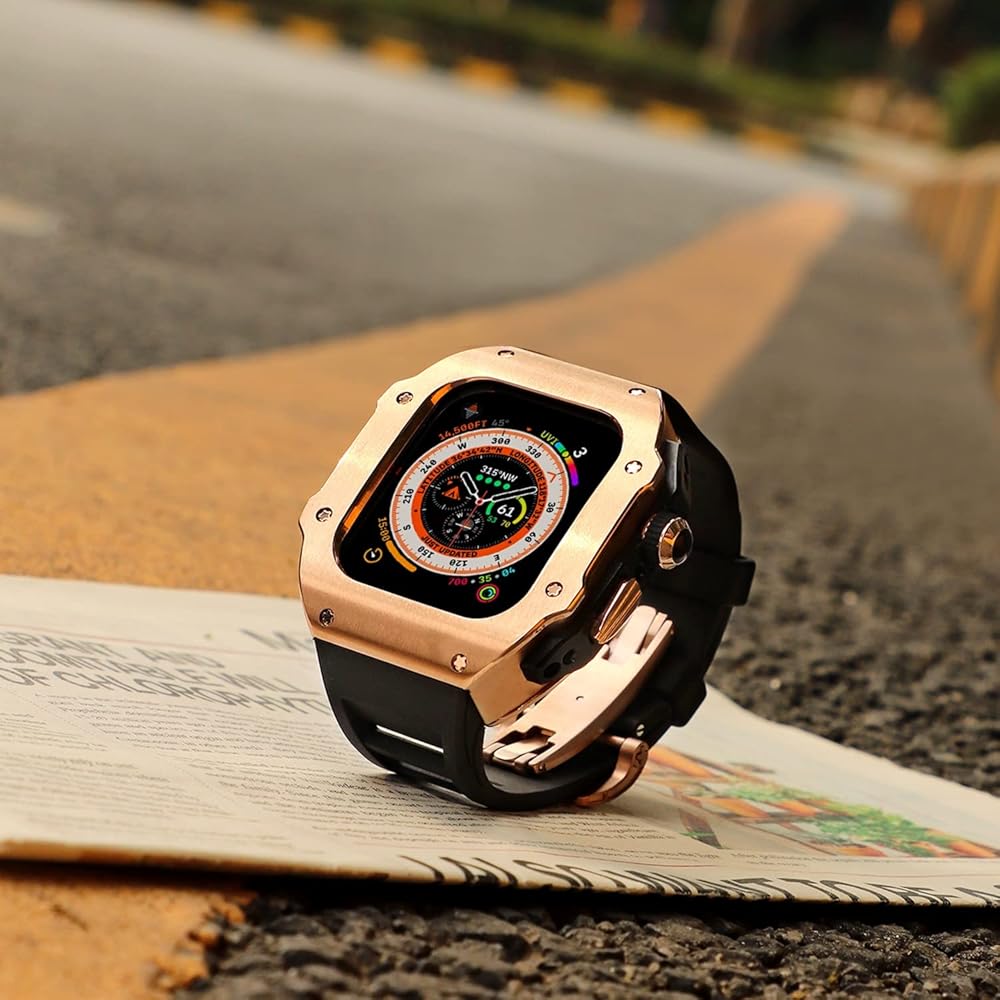
Garmin’s Fenix 7X Sapphire Solar isn’t just a smartwatch, it’s a full on adventure tool disguised as one. This lineup delivers precision tracking, long endurance, and rugged durability that thrives in any environment. Whether you’re logging a marathon, scaling peaks, or navigating through daily training, every detail is tuned for performance.
The sapphire crystal lens adds durability that keeps the screen pristine, while titanium accents elevate the style without adding bulk. These watches don’t just track steps, they monitor endurance, recovery, and real-world adventure metrics that matter.
It’s Garmin’s answer for users who want to push harder, last longer, and rely on tech that won’t quit when things get tough. The 7X Sapphire Solar is built for those who always go further.
How to Choose the Right Fenix 7X Sapphire Solar for You
Picking the right 7X Sapphire Solar depends on how you train and how far you go. Each model caters to a different type of athlete from multi-day explorers to daily gym grinders. Battery endurance and sensor precision are key across the range, but subtle differences make each version unique. Consider your wrist size, your sport, and how much data you want to see mid session.
Those craving ultra endurance should lean toward the models with Power Sapphire lenses and titanium builds for lighter wear and longer life. If you prefer a balance of strength and elegance, standard models still pack everything you need. Every version here proves Garmin’s mastery of form and function, combining outdoor durability with smart training intelligence.
Best Garmin Fenix 7X Sapphire Solar Models
The Fenix 7X Sapphire Solar lineup isn’t about small upgrades, it’s a leap into premium adventure gear. You’re looking at titanium cases, scratch proof sapphire lenses, and rugged tools built for long days beyond the edge. These watches combine elite materials with Garmin’s best training metrics, navigation tech, and reliability.
Each model takes that core and applies a clever twist whether it’s a lighter build, stealth finish, or tactical focus. If your wrist is used to heavy duty gear and serious data, this family delivers it without compromise. Below are nine models that show how far performance and luxury can go together in a single timepiece vision.
Garmin Fenix 7X Sapphire Solar Titanium – $999.99
The Titanium variant takes everything great about the 7X Sapphire Solar and makes it lighter, sleeker, and tougher. Its titanium shell resists wear, while the sapphire lens ensures scratch proof performance. Battery life stays remarkable, with extended endurance even in high GPS use. The larger display gives you vivid readability for maps, fitness stats, and training prompts without glare.
Inside, you’ll find Garmin’s full sensor array including heart rate, HRV, and pulse tracking. It’s the perfect blend of strength and precision for athletes who value power and comfort equally. Whether you’re training for a triathlon or trekking through long sessions, this version brings the durability of a tank in a surprisingly stylish frame.
Garmin Fenix 7X Sapphire Solar Carbon Gray DLC – $999.99
Built for the toughest conditions, the Carbon Gray DLC edition pairs the Power Sapphire lens with a diamond like carbon coating that adds even more protection. The 51mm case feels substantial yet balanced, offering reliable feedback from every sensor. Its display remains crisp in any light, giving clear data during intense sessions.
The heart rate, altitude, and stress metrics are tuned for high accuracy, while the titanium accents reduce fatigue during long wears. This model is for users who demand a watch that endures punishment while looking bold enough for everyday wear. It’s not just a smartwatch, it’s a commitment to durability, resilience, and precise engineering, ideal for those who refuse to compromise between toughness and refinement.
Garmin Fenix 7X Sapphire Solar Silver – $949.99
For athletes who prefer clean aesthetics without losing capability, the Silver version strikes a great balance. Its polished finish complements the rugged sapphire protection, creating a perfect mix of toughness and class. This model features Garmin’s advanced training suite, including recovery time, endurance score, and body metrics that adapt to your workload.
The large, easy-to-read screen is visible even under bright sunlight. Beyond performance, comfort is a big win here the silicone strap feels secure yet soft through extended sessions. With multi-band GPS and deep data insights, this version caters to runners and explorers who value both performance and simplicity. It’s a practical luxury for those who take their workouts as seriously as their style.
Garmin Fenix 7X Sapphire Solar Slate Gray – $999.99
This Slate Gray edition delivers a stealthy, professional aesthetic while keeping every Fenix feature intact. Its Power Sapphire screen resists scratches and reflects Garmin’s focus on field tested durability. The 51mm frame houses improved heart rate monitoring and enhanced satellite precision for consistent tracking, even in dense terrain.
It also includes altitude acclimation metrics, oxygen saturation data, and advanced workout analytics. Battery efficiency is optimized for continuous performance, ensuring you’re always ready to move.
The Slate Gray’s understated finish looks just as sharp in business meetings as it does on rugged climbs. It’s made for users who want one watch that transitions effortlessly between endurance sessions and everyday sophistication.
Garmin Fenix 7X Sapphire Solar Black – $999.99
The Black edition embodies everything Garmin stands for, resilience, performance, and style. Its matte black finish offers a bold, tactical presence that complements the sapphire lens and rugged titanium shell. The watch seamlessly switches between athletic and everyday modes, offering deep insights into stamina, stress, and recovery.
It’s loaded with advanced navigation tools, elevation tracking, and heart rate analytics for athletes who love precision. The interface is fluid, intuitive, and easy to read during high-intensity sessions.
Despite its serious functionality, it wears comfortably all day. This model represents the perfect fusion of toughness and refinement of a premium watch built for relentless training and unstoppable spirit.
Garmin Fenix 7X Sapphire Solar Copper – $999.99
The Copper edition stands out visually with warm tones that give the 7X lineup a unique personality. It offers the same rugged titanium and sapphire durability while adding a subtle touch of style. Beyond looks, its multi-band GPS delivers precise navigation for long expeditions.
Battery optimization intelligently manages power between sensors and display, keeping it alive longer. The built-in flashlight provides real world utility when visibility is low.
This is for users who like their tech with a hint of flair reliable on trails yet stylish enough for daily wear. It’s a conversation starter that performs just as strong as it looks, embodying Garmin’s balance of endurance and elegance.
Garmin Fenix 7X Sapphire Solar Tactical Edition – $1,099.99
The Tactical Edition is built for precision under pressure. Its dual position GPS formats, stealth mode, and jumpmaster settings make it ideal for demanding professionals and adventure purists alike. The flashlight includes red light for night adaptation, and its rugged titanium body ensures durability in every environment.
The sapphire display resists scratches from field use, while the advanced metrics provide instant access to stamina, altitude, and navigation data. Whether you’re operating in tactical training or mountain rescue conditions, this model’s adaptability stands out. Its functional power that commands respect is a serious tool for serious missions.
Garmin Fenix 7X Sapphire Solar Titanium White – $999.99
This Titanium White version brings sophistication to the lineup, pairing high end performance with minimalist aesthetics. It maintains the sapphire screen and titanium shell while reducing overall weight for comfortable all day wear. Multi-band GPS, next gen heart rate sensors, and endurance metrics ensure top-level functionality. The clean white finish adds modern appeal without sacrificing toughness.
It’s ideal for those who want advanced data and premium feel in one package. From early morning training sessions to evening events, it transitions seamlessly. Elegant, resilient, and loaded with power, this version shows that toughness can still look sharp.
Garmin Fenix 7X Sapphire Solar Blue Steel – $1,049.99
For those who want something distinct, the Blue Steel version combines style and substance flawlessly. The muted blue tone gives it a premium look, while Power Sapphire glass ensures maximum durability. It includes Garmin’s latest sensor suite, advanced recovery data, and detailed fitness feedback.
The display remains clear during workouts, showing crucial metrics at a glance. This version’s unique charm lies in its design, it’s athletic yet elegant, rugged yet refined. The Blue Steel variant proves that performance doesn’t need to sacrifice presentation. It’s built for explorers who care about precision and presence in equal measure, delivering both function and flair in one standout watch.
Conclusion
The Garmin Fenix 7X Sapphire Solar collection defines what a premium multisport watch should be. Every model merges endurance, intelligence, and visual appeal without compromise. Whether you want stealth, style, or sheer power, there’s a version tailored to your mission. These watches aren’t just tools, they’re trusted partners for every adventure.



